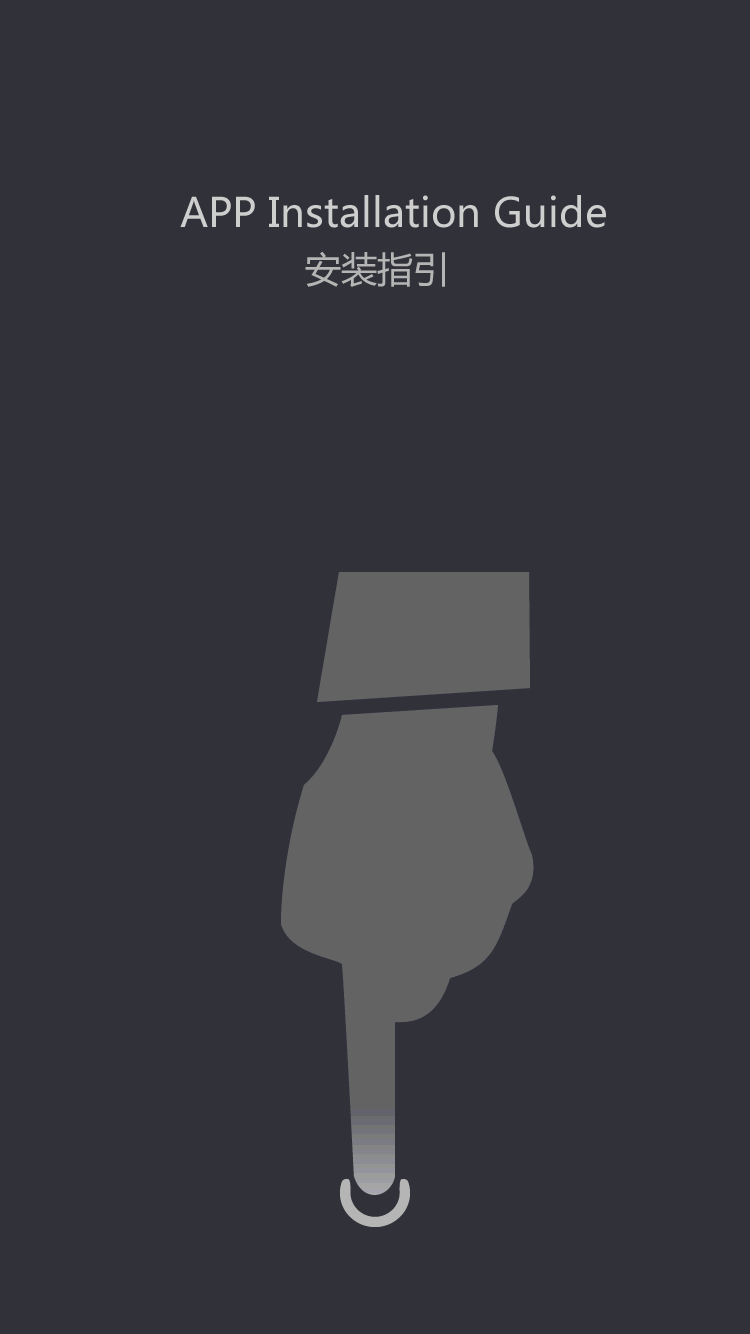what are the breast support choices of australian women during physical activity?
by:Douai
2019-12-25
Abstract objective: This study aimed to quantify the breast support wear and buying habits of young women and to evaluate the factors affecting their use of sports bras in physical activity.
Design: Get research results from self
Manage the Mail survey and post it to participants after obtaining verbal consent through random telephone recruitment.
Participants: 413 women aged 20 to 35 were recruited from New South Wales, Australia.
Results: returned from (65%)
The survey shows that only 41% of respondents currently wear packaged sports bras in sports activities, mainly because they are not aware of the importance of good breast support in sports activities.
Bra size is a predictor of the use of sports bras, and participants with large breasts are more than twice as likely to wear sports bras as smaller participants
Double breast.
Conclusion: The conclusion is that although the encapsulated sports bra has been shown to be effective in reducing breast movement and associated movement
Causing breast discomfort, these bras are not the most common breast support options for young women in sports.
It is recommended that all women, regardless of the size of their breasts, be educated to understand the importance of wearing a good dress
Install and support bras during physical activity to reduce excessive pressure on the structure of the breast tissue and associated breast discomfort.
With the increasing attention to obesity in modern society, it is essential to encourage people to participate in sports activities.
Physical activity not only reduces obesity levels by changing metabolic rates, but also has a positive impact on cardiovascular health and overall well-being.
It is also suggested that physical activity can relieve the symptoms of depression and anxiety, and then improve the quality of life by enhancing psychological factors such as self-improvement. concept, self-Respect and mood
2 Physical activity also helps prevent injury, especially in women, because of estrogen and body weight-
Exercise together to increase bone strength.
3 It is interesting to note that some women are advised not to engage in physical activity due to pain and/or embarrassment caused by excessive breast movement.
In fact, a report found that as many as 70% of female athletes complained about sports
Breast discomfort caused by running and jumping.
Excessive breast movement during exercise is the result of limited female breast anatomical support.
The skin that covers the breast tissue e5 and the fine fiber tissue band that separates the breast leaflet (
Cooper ligament)
6 provide this limited support, if not, especially during trunk movement, the breast tissue moves relatively freely on the chest.
Although the medical significance of excessive breast movement and the resulting breast pain is not clear, in fact, breast pain may occur during exercise, indicating that the internal breast structure may suffer some damage.
This possible breast injury and the negative effects of lack of physical activity due to exercise on health
Causing breast discomfort should attract the attention of health professionals.
Due to the limited anatomical support within the female breast, it is generally recommended to reduce breast movement and associated breast discomfort with external support in the form of a bra.
The study has confirmed that,
Sports bras designed, such as packaged bras (
Each breast is supported in a separate cup; see fig 1)
, More effectively limiting this movement and associated breast discomfort than a standard fashion bra or crop top, the latter attempts to reduce breast movement by pressing the breast on the chest.
7-11 despite this study, it is not known whether women in the general community are aware of the importance of fully supporting breasts during the campaign.
In addition, no literature was found to assess the use of sports bras or related bras
Related behaviors in the community
Female population.
Therefore, the purpose of this study is to quantify breast support
The wearing and buying habits of young women focus on breast support choices for physical activity.
This includes quantifying the use of sports bras and other behaviors that may affect the purchase of sports bras, such as age, bra size, participation in physical activity and the occurrence of breast pain.
Download figureOpen in Figure 1 of the new tabDownload powerpoint. Figure 1 A packaged sports bra in which each breast is supported by a separate cup.
Methods to investigate self due to the sensitivity of the evaluation of underwear preferences and the purpose of obtaining information from a broad geographical area
Management mail survey used to collect data.
12-14 the survey was conducted with the help of the epidemiology and bra industry representative, and the effectiveness of the content was determined by a focus group of women in the target population, as described below. The 31-
Including closed and open problem investigation
End of the project, seeking information on the demographics of each respondent, bra buying habits and trial history, the occurrence of breast pain, participation in physical activity, breast support worn during physical activity, the use of sports bras and the factors that affect whether or not the respondents wear sports bras. Test-
Re-test the analysis, in all non-
Time-related issues considered reliable for investigation (23%).
When the size of the bra is small (A and B cup)and large (⩾C cup)-
Breasted class, 7 8 22 114 (43%)
Respondents are classified as small-
Chest 150 (56%)
Respondents are classified as large
Bra size was not reported by three respondents (see table 1).
Age and bra size were significantly correlated and respondents aged 25-29 were unlikely to be small
Breasted than expected (χ2 u200a=u200a6. 55; see table 1).
However, it should be noted that the size of the bra is its own
It is reported that 70-100% of women are wearing an incorrect size bra and 23 should explain the size data carefully.
View this table: View the number of respondents in inline View pop-up table 1 according to age group and bra size category (p
Design: Get research results from self
Manage the Mail survey and post it to participants after obtaining verbal consent through random telephone recruitment.
Participants: 413 women aged 20 to 35 were recruited from New South Wales, Australia.
Results: returned from (65%)
The survey shows that only 41% of respondents currently wear packaged sports bras in sports activities, mainly because they are not aware of the importance of good breast support in sports activities.
Bra size is a predictor of the use of sports bras, and participants with large breasts are more than twice as likely to wear sports bras as smaller participants
Double breast.
Conclusion: The conclusion is that although the encapsulated sports bra has been shown to be effective in reducing breast movement and associated movement
Causing breast discomfort, these bras are not the most common breast support options for young women in sports.
It is recommended that all women, regardless of the size of their breasts, be educated to understand the importance of wearing a good dress
Install and support bras during physical activity to reduce excessive pressure on the structure of the breast tissue and associated breast discomfort.
With the increasing attention to obesity in modern society, it is essential to encourage people to participate in sports activities.
Physical activity not only reduces obesity levels by changing metabolic rates, but also has a positive impact on cardiovascular health and overall well-being.
It is also suggested that physical activity can relieve the symptoms of depression and anxiety, and then improve the quality of life by enhancing psychological factors such as self-improvement. concept, self-Respect and mood
2 Physical activity also helps prevent injury, especially in women, because of estrogen and body weight-
Exercise together to increase bone strength.
3 It is interesting to note that some women are advised not to engage in physical activity due to pain and/or embarrassment caused by excessive breast movement.
In fact, a report found that as many as 70% of female athletes complained about sports
Breast discomfort caused by running and jumping.
Excessive breast movement during exercise is the result of limited female breast anatomical support.
The skin that covers the breast tissue e5 and the fine fiber tissue band that separates the breast leaflet (
Cooper ligament)
6 provide this limited support, if not, especially during trunk movement, the breast tissue moves relatively freely on the chest.
Although the medical significance of excessive breast movement and the resulting breast pain is not clear, in fact, breast pain may occur during exercise, indicating that the internal breast structure may suffer some damage.
This possible breast injury and the negative effects of lack of physical activity due to exercise on health
Causing breast discomfort should attract the attention of health professionals.
Due to the limited anatomical support within the female breast, it is generally recommended to reduce breast movement and associated breast discomfort with external support in the form of a bra.
The study has confirmed that,
Sports bras designed, such as packaged bras (
Each breast is supported in a separate cup; see fig 1)
, More effectively limiting this movement and associated breast discomfort than a standard fashion bra or crop top, the latter attempts to reduce breast movement by pressing the breast on the chest.
7-11 despite this study, it is not known whether women in the general community are aware of the importance of fully supporting breasts during the campaign.
In addition, no literature was found to assess the use of sports bras or related bras
Related behaviors in the community
Female population.
Therefore, the purpose of this study is to quantify breast support
The wearing and buying habits of young women focus on breast support choices for physical activity.
This includes quantifying the use of sports bras and other behaviors that may affect the purchase of sports bras, such as age, bra size, participation in physical activity and the occurrence of breast pain.
Download figureOpen in Figure 1 of the new tabDownload powerpoint. Figure 1 A packaged sports bra in which each breast is supported by a separate cup.
Methods to investigate self due to the sensitivity of the evaluation of underwear preferences and the purpose of obtaining information from a broad geographical area
Management mail survey used to collect data.
12-14 the survey was conducted with the help of the epidemiology and bra industry representative, and the effectiveness of the content was determined by a focus group of women in the target population, as described below. The 31-
Including closed and open problem investigation
End of the project, seeking information on the demographics of each respondent, bra buying habits and trial history, the occurrence of breast pain, participation in physical activity, breast support worn during physical activity, the use of sports bras and the factors that affect whether or not the respondents wear sports bras. Test-
Re-test the analysis, in all non-
Time-related issues considered reliable for investigation (23%).
When the size of the bra is small (A and B cup)and large (⩾C cup)-
Breasted class, 7 8 22 114 (43%)
Respondents are classified as small-
Chest 150 (56%)
Respondents are classified as large
Bra size was not reported by three respondents (see table 1).
Age and bra size were significantly correlated and respondents aged 25-29 were unlikely to be small
Breasted than expected (χ2 u200a=u200a6. 55; see table 1).
However, it should be noted that the size of the bra is its own
It is reported that 70-100% of women are wearing an incorrect size bra and 23 should explain the size data carefully.
View this table: View the number of respondents in inline View pop-up table 1 according to age group and bra size category (p






